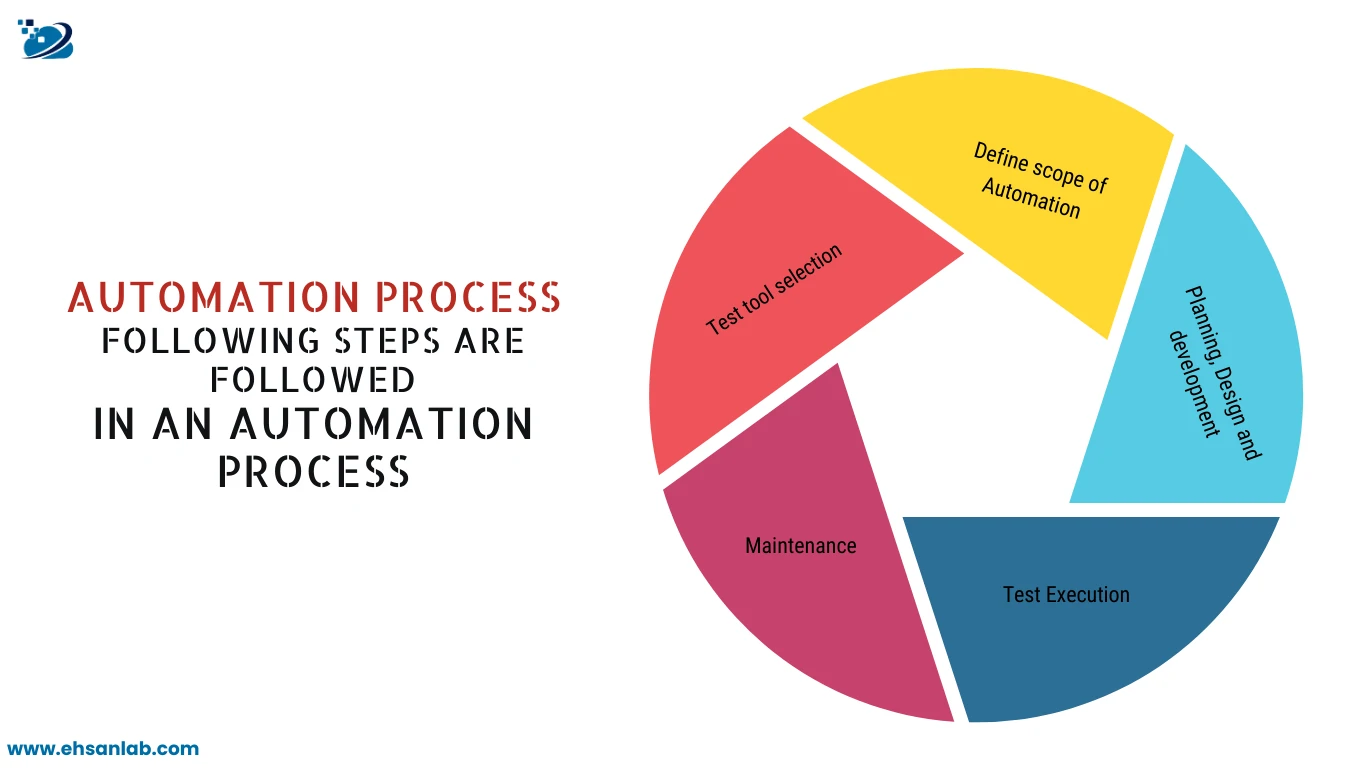
Software testing is a crucial aspect of software development, ensuring that products meet quality and functionality standards. However, testing can be a time-consuming and labor-intensive process, potentially hindering the speed and efficiency of software releases.
Therefore, the streamlined testing process not only ensures that your software is thoroughly tested but also helps you stay competitive, meet deadlines, and maintain customer satisfaction. This comprehensive guide will explore strategies, techniques, and tools to help you optimize your software testing process, improve efficiency, and enhance overall quality.
The Importance of Efficient Software Testing
Software testing is a critical phase in the development lifecycle. Inefficiencies in this process can lead to prolonged development times, increased costs, and the release of subpar products. According to a study by the Consortium for IT Software Quality (CISQ), software failures cost the US economy approximately $2.84 trillion in 2018. Therefore, optimizing your testing processes is not just beneficial but essential.
Key strategies for Streamlining Software Testing
To overcome these challenges and optimize your testing process, consider implementing the following strategies:
1-Analyze the Requirements
Understand the project requirements and involve QAs in the initial stages to design tests accordingly.
2-Establishing a Robust Testing Framework
A well-defined testing framework lays the foundation for a streamlined software testing process. By implementing a standardized approach, you can ensure consistency, traceability, and reproducibility across your testing efforts.
3-Test Planning and Documentation
Thorough test planning and documentation are essential for effective test management. Clearly documenting test cases, test data, and expected results can significantly reduce ambiguity and ensure all stakeholders are aligned with the testing objectives.
4-Automate Where Possible
Test automation is a game-changer when it comes to streamlining the software testing process. According to a study by the World Quality Report 2021-22, organizations that have achieved advanced levels of test automation reported a 3x higher success rate in achieving their desired quality goals. Automating repetitive tasks, such as regression testing and load testing, can significantly reduce manual effort and accelerate the testing cycle.
“Manual testing accounts for 70% of software testing time (Variable ratio)
Automated testing can reduce testing time by up to 90% (Variable ratio)”
#Tools for Automation:
– **Selenium**: A powerful tool for web application testing.
– **JUnit**: Widely used in Java applications for unit testing.
– **TestComplete**: Suitable for various types of applications, including desktop, web, and mobile.

5-Prioritize Testing
Prioritize testing based on risk and business value to focus on critical features and functionality.
Use risk-based testing to reduce testing time by up to 30% (Source: [6] uTest
6-Leveraging Testing Tools and Technologies
Implementing the right testing tools and technologies can significantly enhance your testing process’s efficiency and effectiveness. For a detailed guide on performance testing, check out our Performance Testing: A Comprehensive Guide with Tips and Best Practices for Beginners.
6.1-Continuous Integration and Continuous Deployment (CI/CD)
CI/CD pipelines enable seamless integration of code changes, automated builds, and deployment processes. By incorporating testing into the CI/CD workflow, you can detect and resolve issues early, reducing the time and effort required for manual testing and bug fixes.
# Popular CI/CD Tools:
– **Jenkins**: An open-source automation server.
– **CircleCI**: Provides CI/CD as a service.
– **GitLab CI**: Integrated with GitLab and offers robust CI/CD capabilities.
6.2-Test Management and Reporting Tools
Comprehensive test management and reporting tools can streamline test case management, execution, and result tracking. These tools provide centralized visibility into testing progress, enabling better collaboration and decision-making among teams. For more insights on selecting the right tools, visit The Ultimate Guide to Choosing the Right Software Testing Tools.

7-Leverage Cloud-Based Testing
Cloud-based testing platforms offer scalability and flexibility. They enable testing across various environments and configurations without the need for extensive hardware investments.
Cloud-based testing can reduce testing time by up to 50% (Source: [8] CloudBees)
# Recommended Cloud Testing Platforms:
– **Sauce Labs**: Provides a comprehensive cloud-based testing solution.
– **BrowserStack**: Offers real device cloud testing for web and mobile apps.

8-Fostering Collaboration and Communication
Effective collaboration and communication between development, testing, and stakeholder teams are crucial for a streamlined testing process.
8.1-Agile Methodologies and Cross-Functional Teams
Adopting Agile methodologies and fostering cross-functional team collaboration can bridge the gap between development and testing. According to the State of Agile Report 2021, organizations that embrace Agile practices report higher software quality and faster time-to-market.
Agile teams release software 37% faster than non-agile teams (Source: [7] VersionOne)
8.2-Regular Feedback Loops
Establishing regular feedback loops between teams and stakeholders can help identify and address issues early in the development cycle. This proactive approach can minimize rework and ensure alignment with project goals and customer expectations.
9-Embrace Emerging Trends
Stay up-to-date with emerging trends like AI-powered testing, Shift Left testing, advanced test data management solutions and blockchain technology. These innovations can enhance the integrity and security of software testing processes.
Conclusion
Streamlining your software testing process is a continuous journey that requires a holistic approach. By implementing a robust testing framework, leveraging the right tools and technologies, and fostering effective collaboration and communication, you can achieve remarkable efficiency gains without compromising on quality.
At EhsanLab, we understand the importance of delivering high-quality software solutions while optimizing time-to-market. Our expert team is dedicated to helping you streamline your testing processes, ensuring you stay ahead in the competitive software development landscape.
Explore our comprehensive range of software testing services and consulting offerings to unlock the full potential of your testing workflow.

